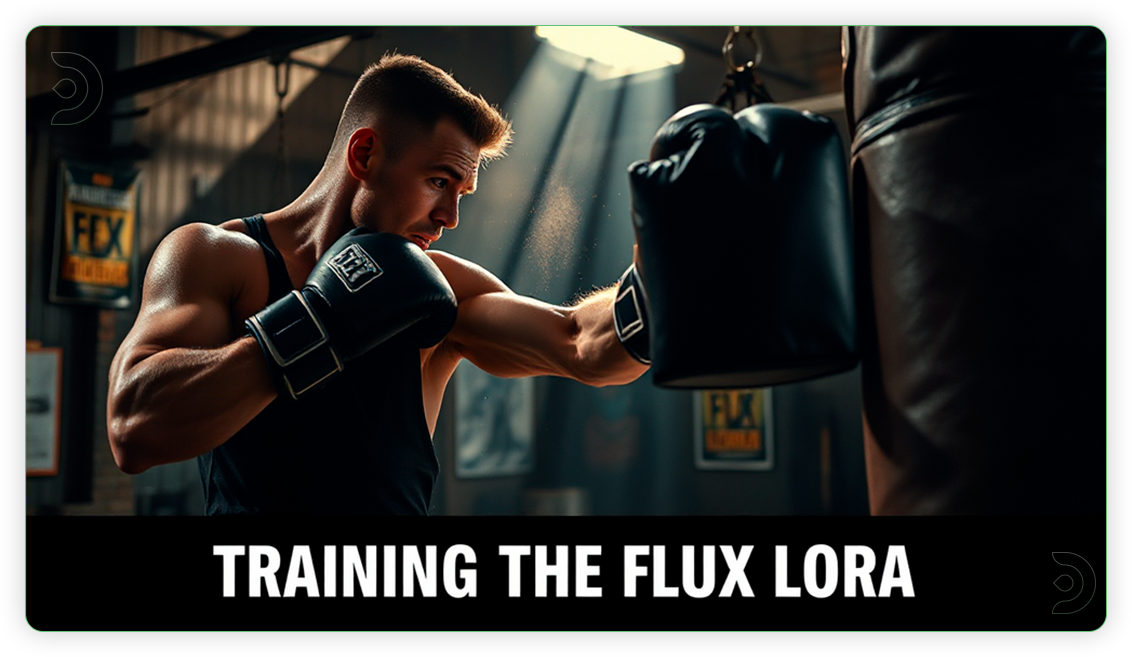
Want to create custom AI image models but find the process intimidating? This guide shows you how to train your own LoRA models using FluxGym - no coding experience required.
Whether you want to generate images in a specific art style, create consistent characters, or adapt AI models for your unique needs, you'll learn everything you need to know in about an hour.
Let’s dive in and unleash your creative potential with FluxGym!
What is LoRA?
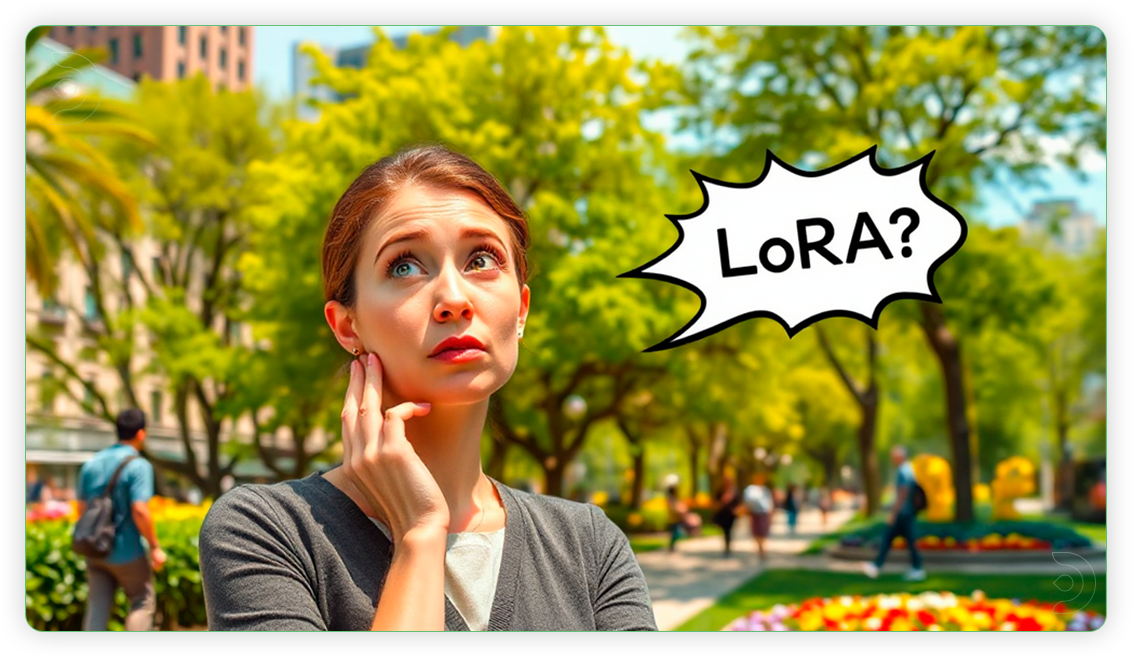
LoRA, or Low-Rank Adaptation, is a technique in artificial intelligence that enables efficient and targeted fine-tuning of large pre-trained models, such as those used in image generation or language processing-without the need to retrain or modify the entire model.
Think of it as teaching an existing AI model new tricks—like recognizing a specific art style or character—while keeping all its original knowledge intact.
This makes LoRA perfect for:
- Creating images in a particular artistic style
- Generating consistent characters for stories or projects
- Adapting AI models for specific visual themes
- Customizing outputs without massive computing resources
What is FluxGym?
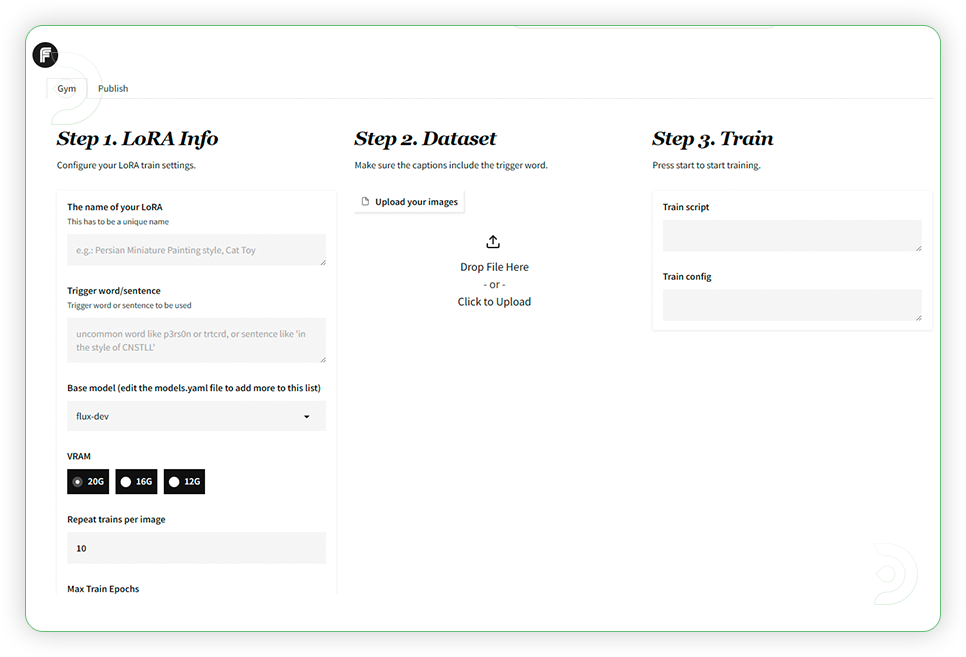
FluxGym is an open-source, web-based tool designed to make training Flux LoRA models accessible and straightforward, especially for users with limited hardware resources. Created by the developer behind Pinokio, it stands out for its user-friendly Gradio interface.
Key features:
- Easy-to-use web interface
- Real-time training progress tracking
- Automatic sample image generation
- Works with limited hardware resources
- No command line or coding required
Its simplicity, flexibility, and low hardware demands make FluxGym a standout choice for both beginners and experienced users seeking to train custom Flux LoRA models.
How to Train a Flux LoRa using FluxGym?

The first part is preparing your dataset.
Tips for Datasets
- Use short, descriptive filenames for your images.
- Use high-quality, sharp images (ideally 1024x1024) with the subject clearly visible and centered.
- Maintain consistency in style, lighting, and subject focus across your dataset.
- Include variety by showing the subject in different poses, angles, and backgrounds to help the model generalize.
- Crop to a square aspect ratio and organize images in a clearly named folder.
- Write accurate captions for each image, describing the subject and style; review auto-generated captions for accuracy.
- Aim for quality over quantity-20–30 well-chosen images are often better than a larger, inconsistent set.
What you'll need?
- 20-30 high-quality images (1024x1024 recommended)
- Access to FluxGym (via ThinkDiffusion or local install)
- About 2 hours+ for training (depends with no. of dataset)
- Basic understanding of your creative goal
Procedures
Step 1
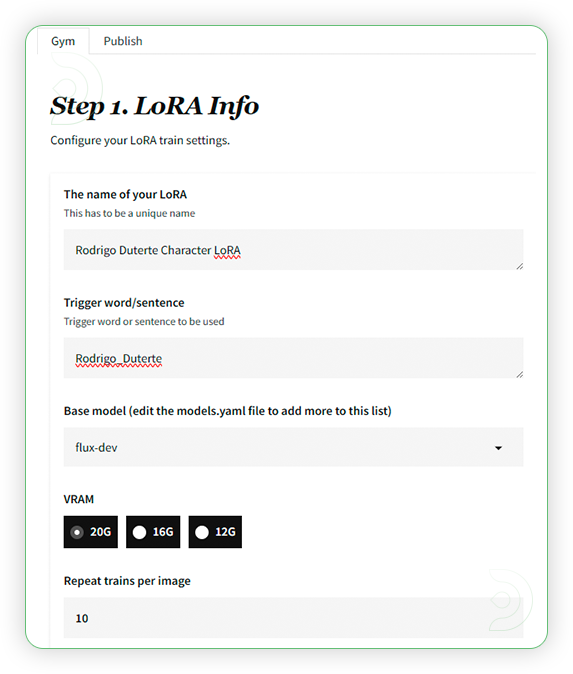
1. Enter the name for your LoRA
2. Write a trigger word and it should be unique.
3. Choose the base-model for training as flux-dev
4. Set the VRAM to 20GB
5. Set repeat training per image to 10
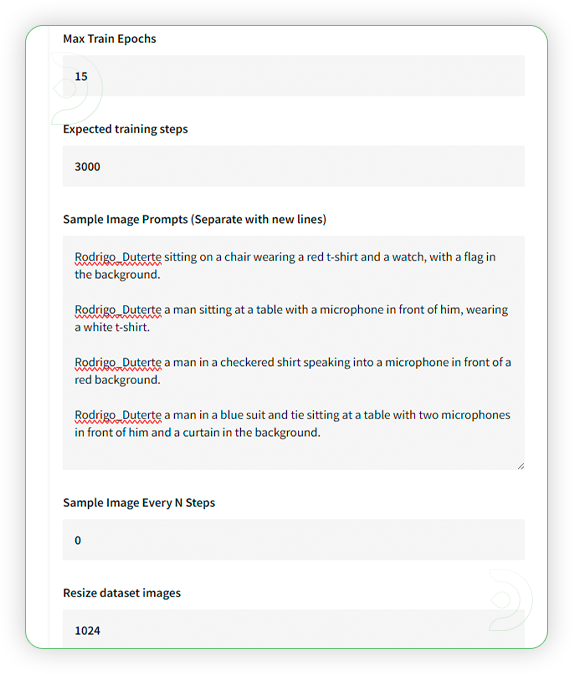
7. Training steps is auto computed
8. Write a Sample Image Prompts and includes a trigger on it
9. Resize dataset images set to 1024
Step 2
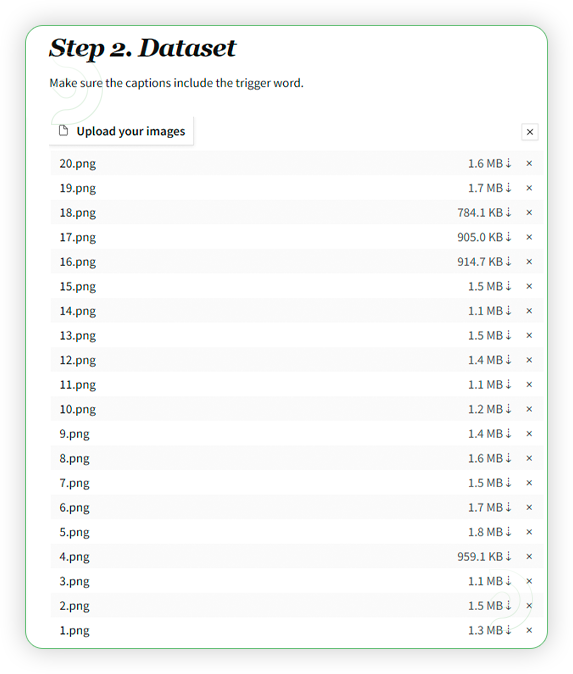
1. Verify you have the correct number of images in your dataset
2. All files should be on PNG
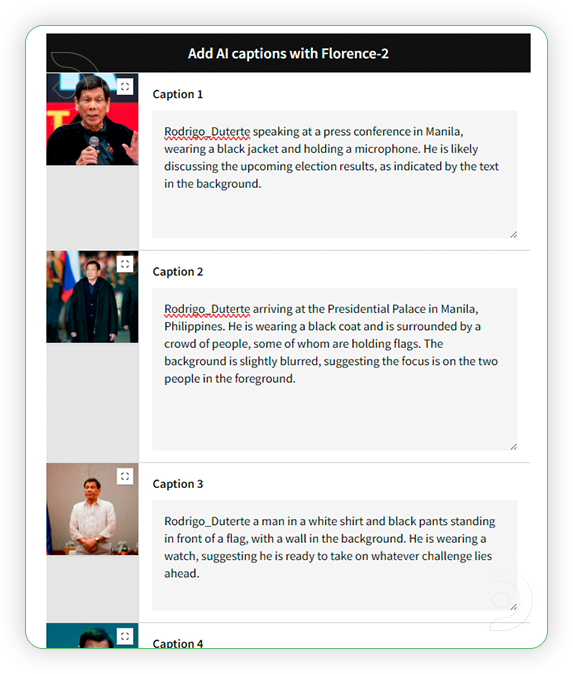
Step 3
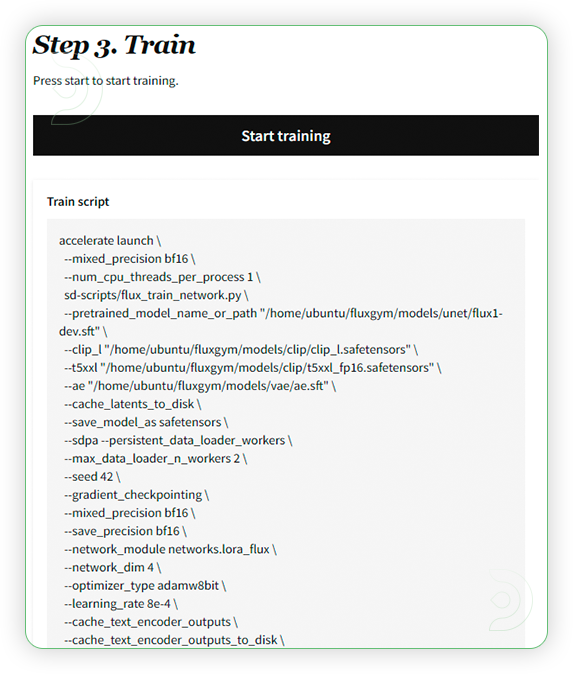
1. After setup the Step 1 and Step 2, you may click the Start Training
2. Remember you shouldn't edit the auto generated train script and this section is not editable.
3. Monitor the training in the training log below.
During the training, it may take time to process and it depends on the image dataset and training steps you had set.
4. After the training is completed. It will display in the training log below as completed.
5. Find your trained LoRa in .../fluxgym/output/<name of you lora folder>/
Examples of LoRA
Rodrigo Duterte (Character LoRA)
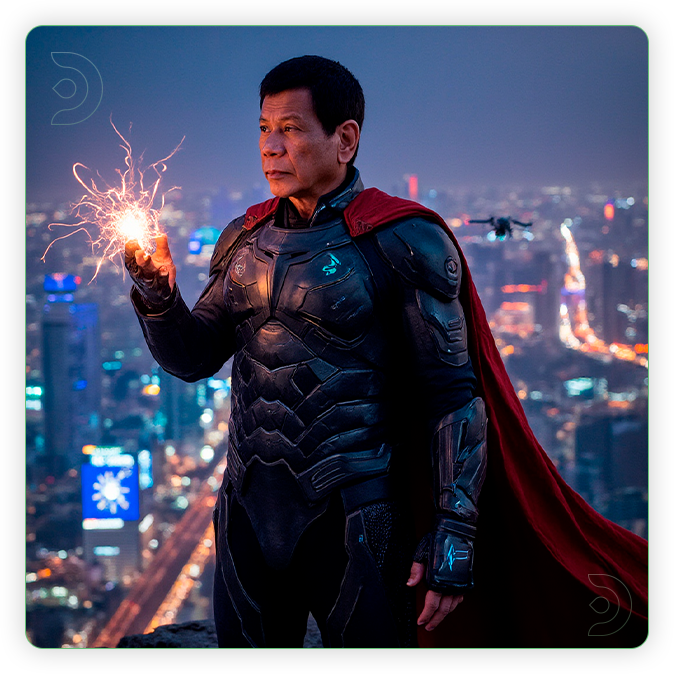
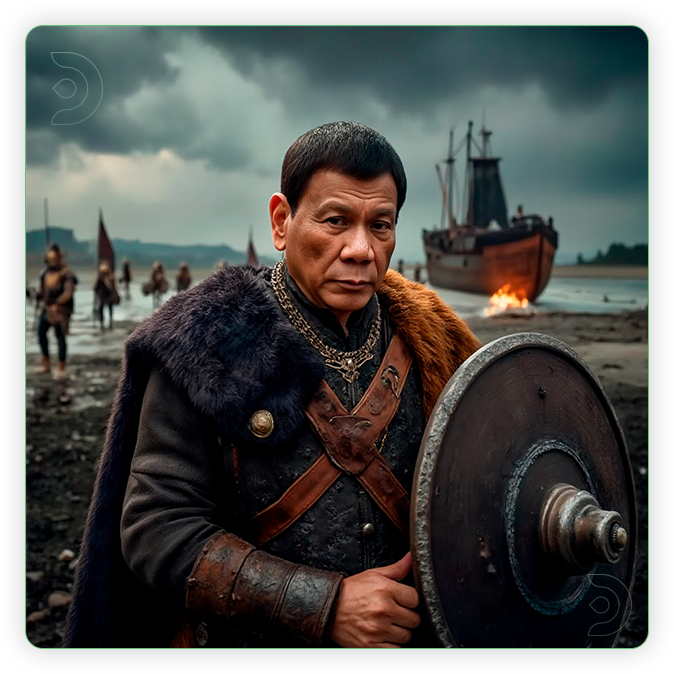
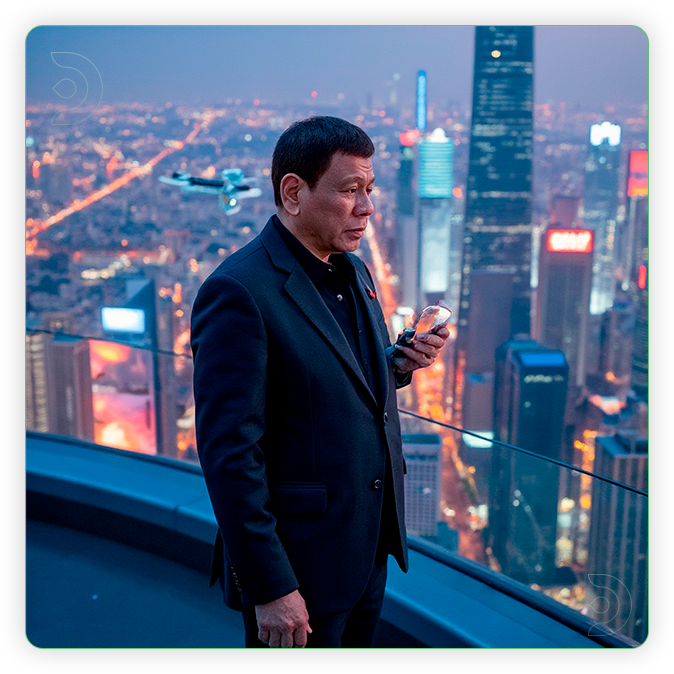
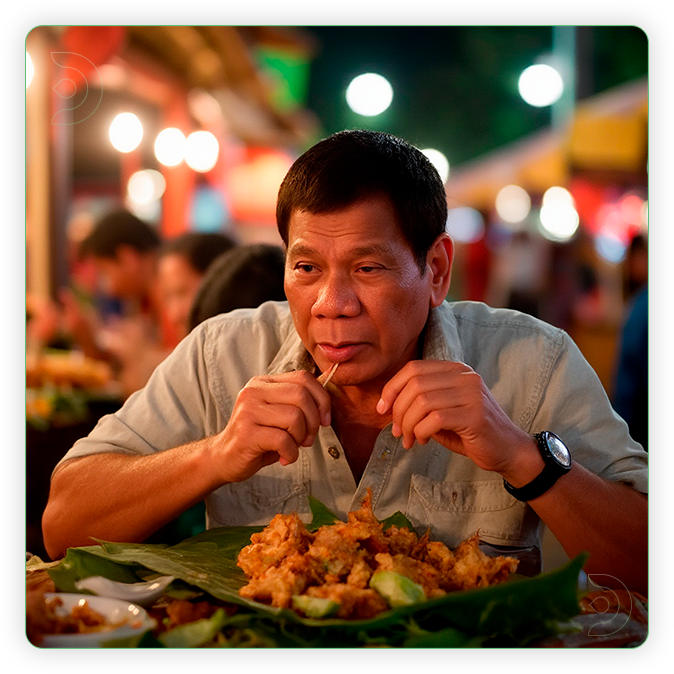
Dan Mumford Art (Style LoRA)
We would like to credit Dan Mumford for the concept and style of his art. It serves as inspiration for the training of our LoRA's dataset.
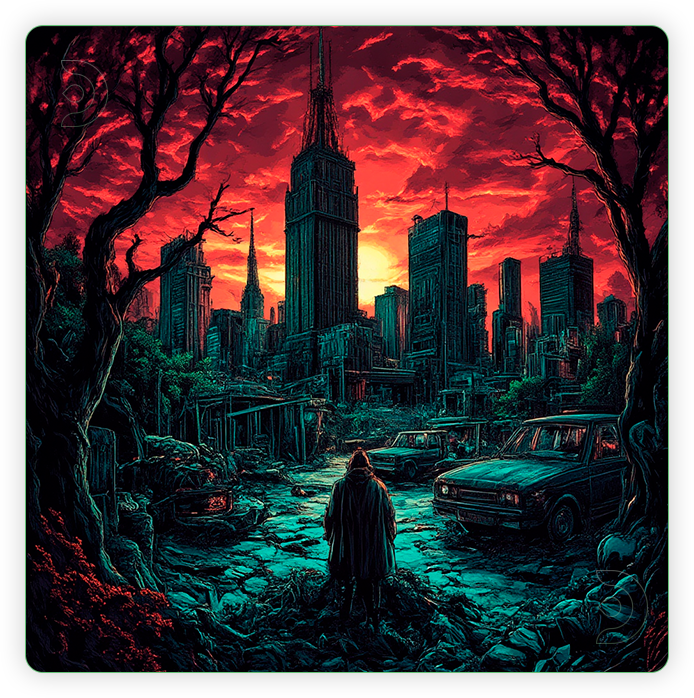
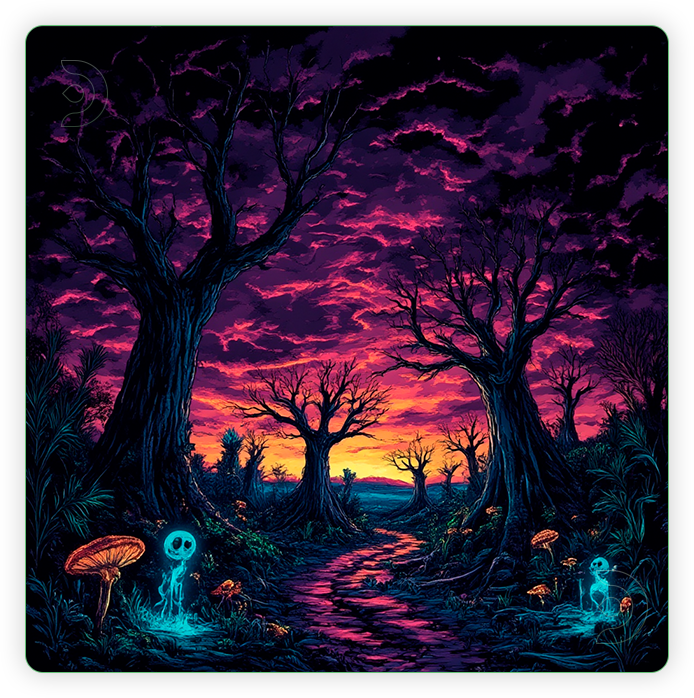
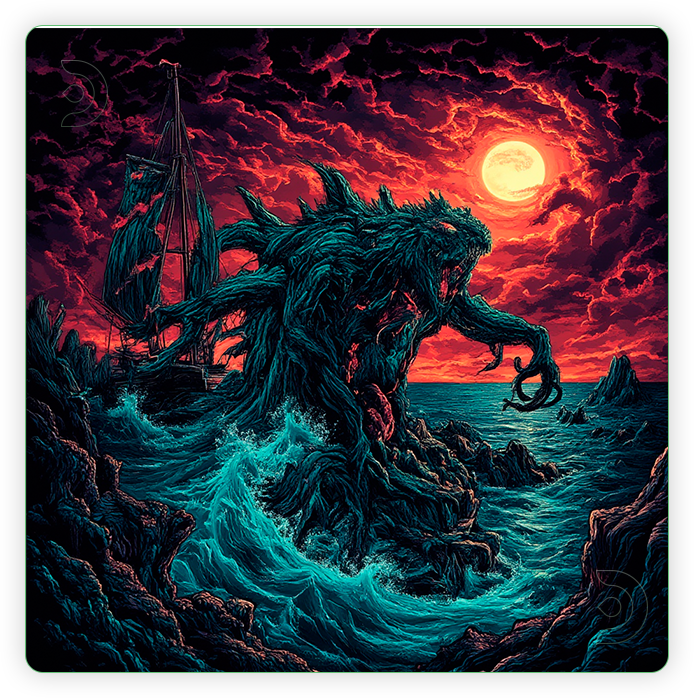
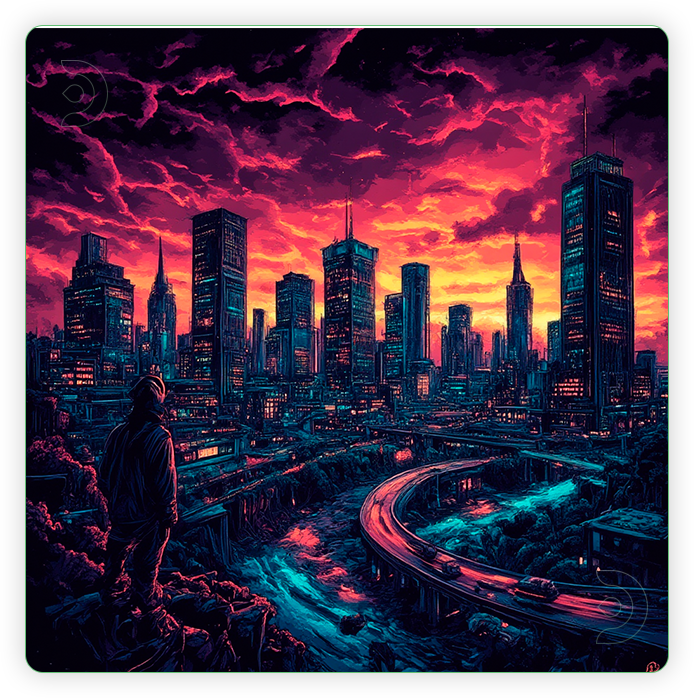
Sarah Duterte (Character LoRA)
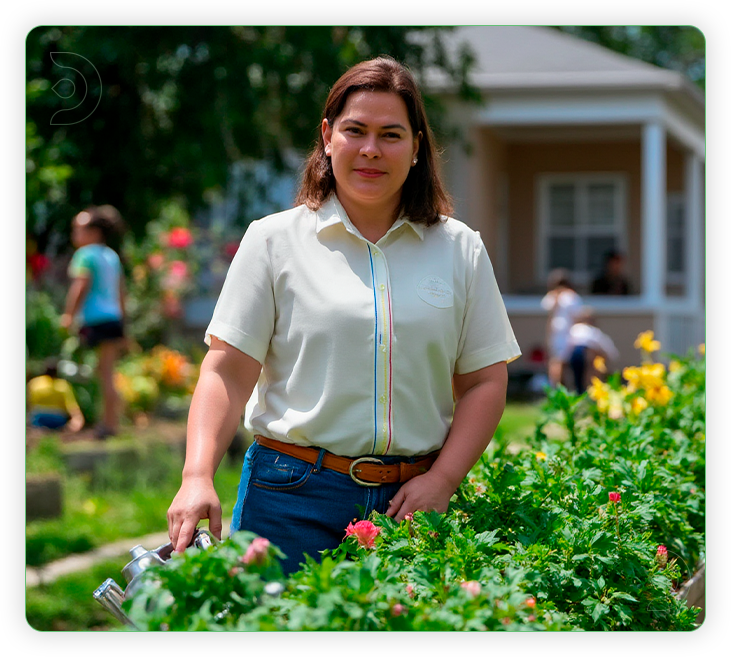
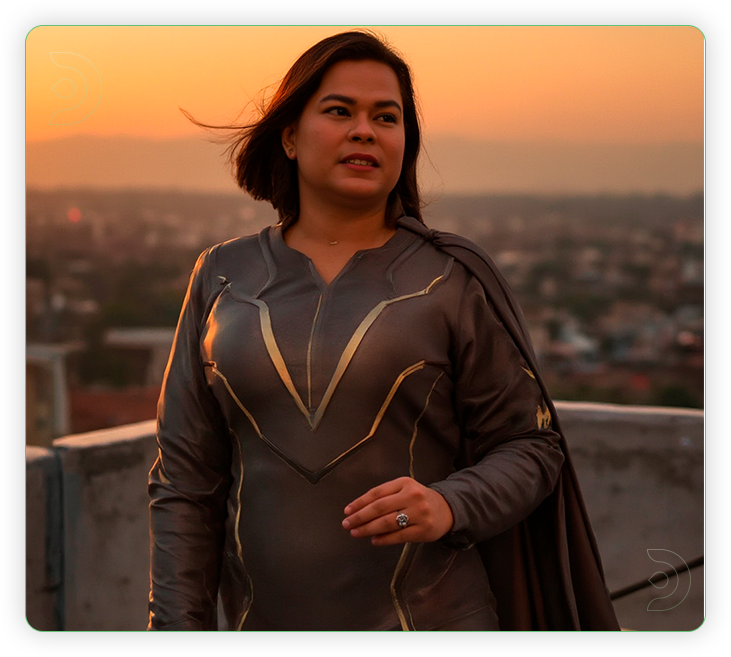
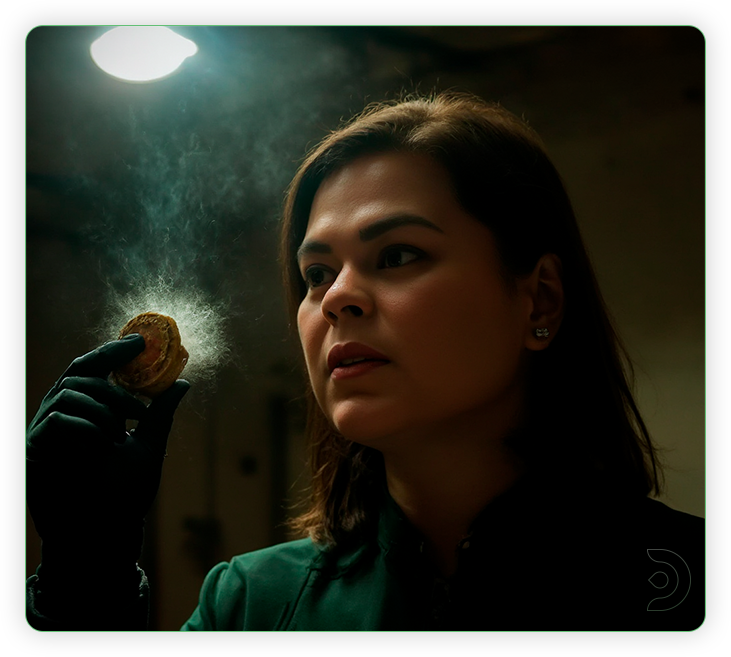
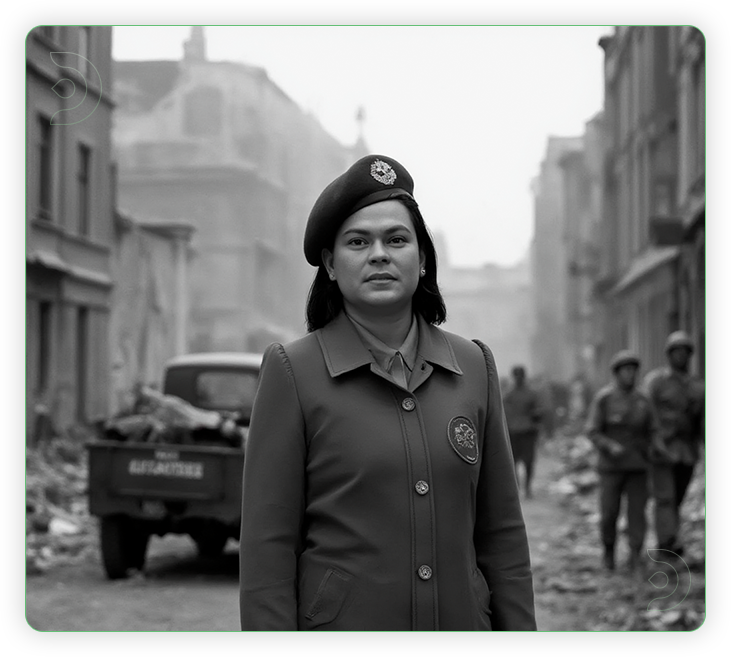
Anato Finnstark Art (Style LoRA)
We would like to credit Anato Finnstark for the concept and style of his art. It serves as inspiration for the training of our LoRA's dataset.
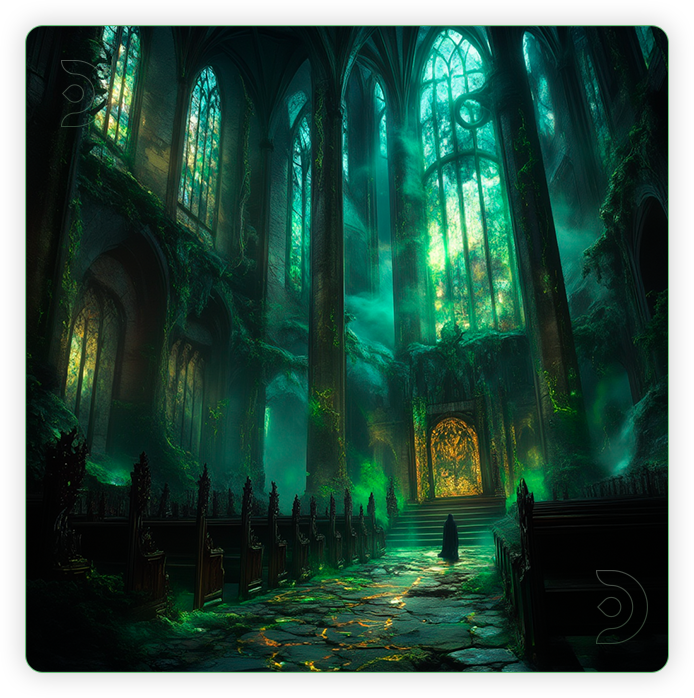
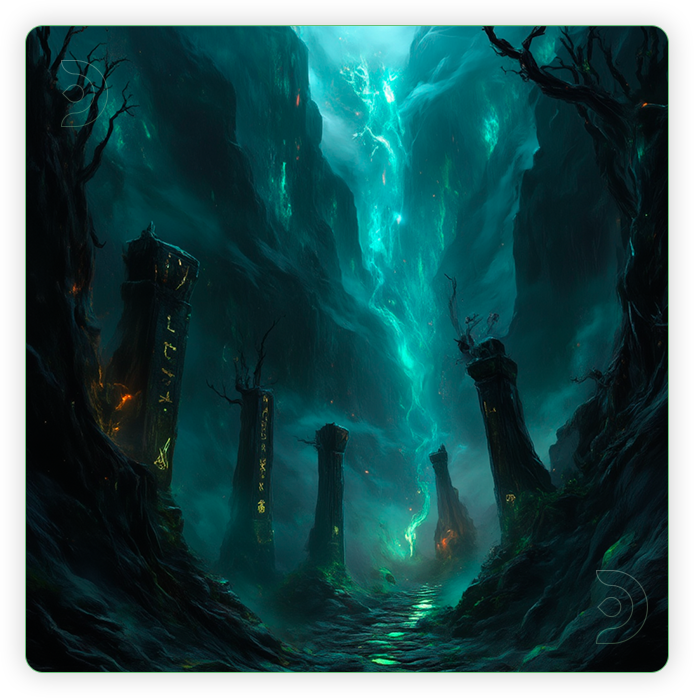
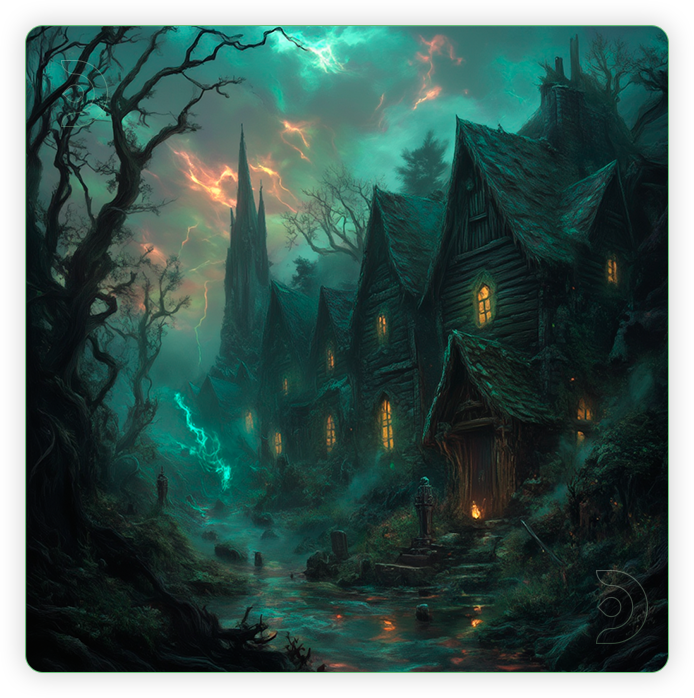
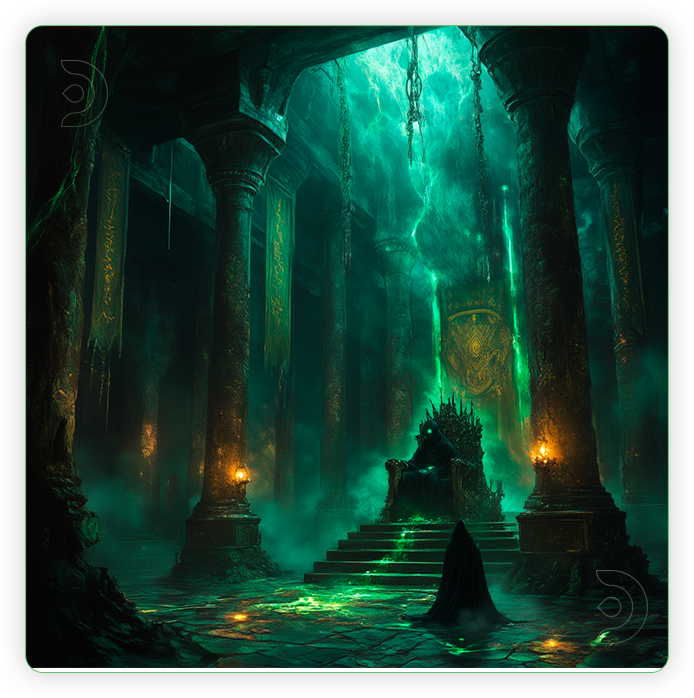
Once you're comfortable with character and style LoRAs, you can experiment with:
- Object LoRAs: For specific items or props
- Pose LoRAs: For particular poses or compositions
- Modifier LoRAs: For specific effects or modifications
Each type serves different creative needs and can be combined for even more precise control over your AI-generated images.
If you’re having issues with installation or slow hardware, you can try any of these workflows on a more powerful GPU in your browser with ThinkDiffusion.
If you're ready to try this yourself but need more powerful hardware, ThinkDiffusion offers FluxGym access through your browser with high-end GPUs.
The key to success is starting simple: pick one clear goal (like a specific art style), gather quality images, and follow the steps carefully. With a bit of practice, you'll be creating custom AI models that perfectly match your creative vision.
If you enjoy ComfyUI and you want to test out creating awesome animations, then feel free to check out this Flux LoRA Training using ComfyUI. And have fun out there with your noodles!


Member discussion